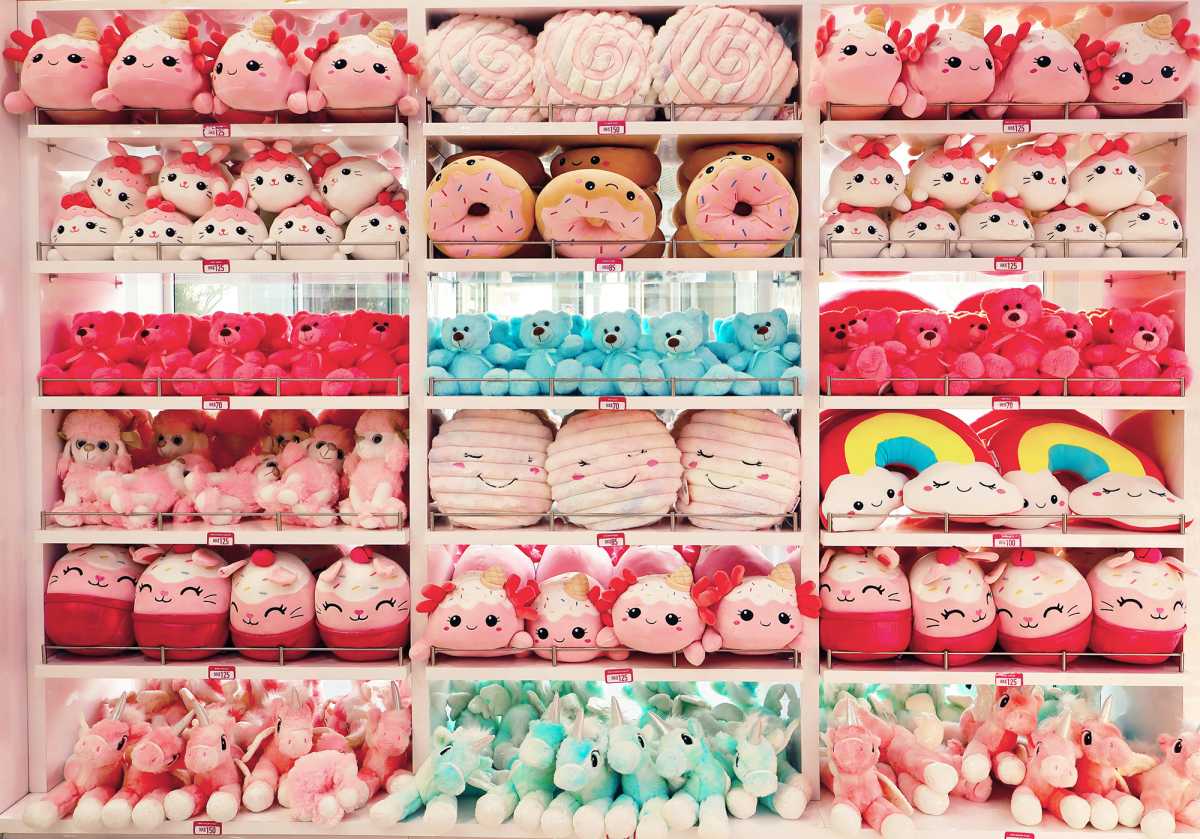

Diversity & Inclusion Statement
In presenting cute studies, we aim to open up a specialist discussion to broader perspectives. Many of the citations included, even in the annotations, are foundational, but also form part of emerging discussions about inclusion and diversity. With the benefit of decades of hindsight since their first appearance in print, readers will notice that certain voices and perspectives are dampened or left out entirely. In particular, early literature is often marked by assumptions about the gender binary, heteronormative orientation, and able-bodiedness—what men and women do and desire, naturally. Orientalist assumptions about Japan, and Japanese girls and women in particular, also influence many early studies of kawaii. We seek to challenge all such presuppositions.
Discussions of "the Japanese" or how things are in "Japan" can have the potential and perhaps unintended effect of smoothing out domestic diversity and cutting off international connections. We encourage readers to reflect on instances in cute studies literature when identities are framed as fixed and undifferentiated, including those that would make Japan unique and "other" in contrast to "us."
The subcultural community members in Japan who have contributed to our website content speak of a "borderless kawaii," and its playfully inclusive power to welcome people from all walks of life. In a diverse world, we envision future research that encapsulates the important role that cuteness plays in terms of inclusion, care, and connection for many marginalized communities. While it is important to critically engage with kawaii cultures, acknowledging how cuteness can be used to dehumanize, control, or otherwise harm is imperative, and this work must also be done with such concerns in mind and with a sense of nuance for all those involved. We encourage readers to reflect on this as they work through the content we have provided.
Globally and in Japan, kawaii media, aesthetics, and expression have been taken up by a range of groups. We hope that future research captures the diverse gender, sexual, racial, and disabled identities that are reflected in communities of fans and creators that have been studied to date, such as the "otaku," or fan communities of Japan. Historically, studies in English have framed these groups as "childlike," cisgender (typically male), and heterosexual. We recognize that there is a rich diversity of people under this umbrella, who use cuteness as a form of imaginative world-making. Furthermore, there are many groups who have yet to be fully documented and provide a rich space for students and researchers to explore.
In curating this website, we also acknowledge that we are publishing open access online, where many communities have already worked over the years to not only produce their own original kawaii content, but also document its contours and impacts through fan websites. There is a vibrant ecology of information and creative content in these spaces, which has helped marginalized communities connect, cultivate their own practices, find support, and generate income. Cuteness has become an important imaginative site for many different groups, including Asian diaspora, gender diverse, and asexual communities to name just a few.
We also acknowledge the important discourses around kawaii and intersections of gender and race, and how this overlaps with racism and colonialisms. We believe that women should be entitled to a full array of self-expression, but also recognize the ways in which gender norms might produce racial stereotypes and also create pressure for women in Japan and overseas to conform to cute expressions. We envision a body of research where this is challenged and interrogated, and people are invited to express themselves diversely, free from violence.
In using this website and discussing the readings and resources provided, we recommend students and researchers reflect on the following:
What is the potential bias of this article? (Ask for whom is the article in question written? What language does it use? Whose voices are included and whose are excluded?)
What other sources might be looped in to address this bias?
What are the conditions that contributed to the production of this article?
How might my repeating the claims made in this article impact, and further marginalize or contribute to the misunderstanding of, others?
What are the political stakes of this article and its claims? What past, present and future does it enable us to imagine, together?
Page card photo credit: Megan Catherine Rose.
Page header photo credit: Mirna Wabi-Sabi.